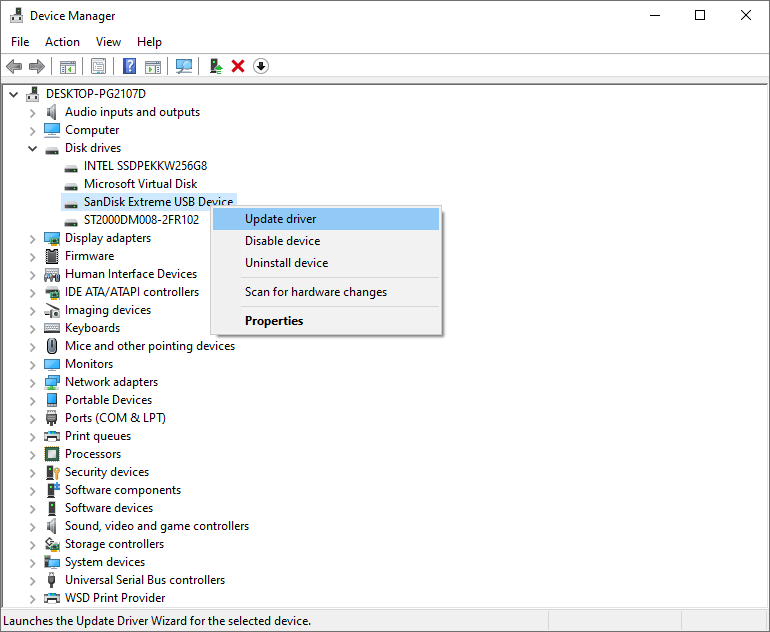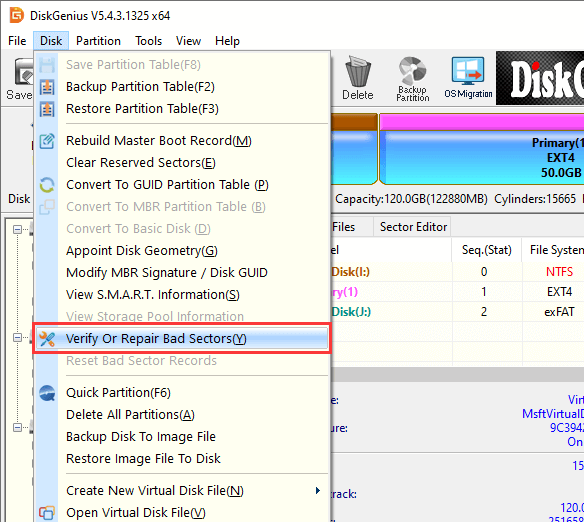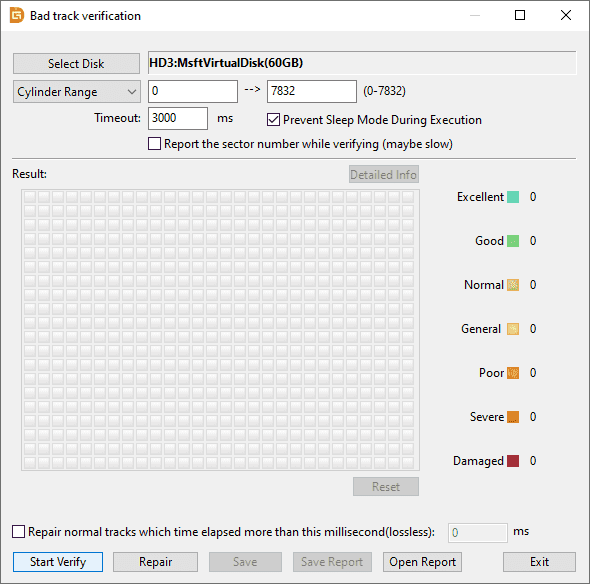This post provides step-by-step solutions to FAT_FILE_SYSTEM Windows BSOD error which tends to appear when computer crashes and freezes. If you are experiencing same problem, keep reading to learn how to fix the error quickly and easily.
FAT_FILE SYSTEM error is one of the blue screen of death errors on Windows 10, and it also restarts computer to prevent damage and then locks PC into a reboot loop unless you boot Windows to safe mode or boot PC from bootable media. In most cases, you tend to encounter this error after installing new hardware, software or system upgrades. Besides, the FAT file system error can occur while you are installing certain application, Windows-related software is running, system driver is being loaded, etc.
Let’s have a look at common symptoms of the issue
- “STOP – 0x00000023 FAT_FILE_SYSTEM fastfat.sys” error message is displayed on a blue screen which stops PC from booting to Windows.
- “Your PC ran into a problem and needs to restart. We’re just collecting some error info, and then we’ll restart for you. (95% complete). If you’d like to know more, you can search online later for this error. FAT_FILE_SYSTEM (fastfat.sys)”
- A problem has been detected and Windows has been shut down to prevent damage to your computer. The problem seems to be caused by the following file…
- Computer frequently crashed with same error when you launch the application in question or computer responses operations slowly.
- The FAT_FILE_SYSTEM bug check has a value of 0x00000023. This indicates that a problem occurred in the FAT file system.
Causes of FAT file system error on Windows 10/11
Causes of Windows 10 FAT system error can be many, as it occurs to various situations. This part summarizes several common reasons behind this error.
- Device driver issue. Some drivers on your PC are corrupted, outdate, or not properly configured.
- Driver conflicts. There are conflicts between current drivers and newly installed hardware’s
- Corrupted file system. File system gets damaged or corrupted after you’ve installed system-related software or drivers.
- Hard drive bad sectors. Hard drive contains severe bad sectors.
- Malware or virus. Your computer is infected with virus which destroys vital system files.
- Operation system crash. Windows on the computer crashes and you need to restore system.
How to fix FAT_FILE_SYSTEM error on Windows 10/11
It is not easy fix Windows BSOD error, as it often gets into a reboot loop instead of booting to system. This section gives several ways to fix the Windows 10 FAT file system error, and you try them one by one to fix it before performing system reinstallation.
Solution #1: Update Windows drivers
In many cases, the FAT_FILE_SYSTEM is causes by corrupt or incompatible drivers, and we can fix it via installing the latest drivers. A driver is software that enables computer to get contact with hardware devices. If drivers get damaged or outdated, the hardware won’t be able to work properly, causing various problems. In general, Windows 10 downloads and updates drivers automatically while installing system updates. If system fails to update drivers, you can install updated drivers manually.
Step 1: Right-click “This PC” and select “Manage” to open computer management. Then you can click “Device Manager” on the left pane.
Step 2: One the right part of Device Manager, locate and expand the device that you want to update drivers. Right-click on the drive and choose “Update Driver”.

Step 3: Select “Search automatically for updated driver software” on the popped up window. If Windows cannot find a new driver, you can try contacting the device’s manufacturer to get the latest driver.
Step 4: If Step 3 does not work, you can right-click the device and select “Uninstall”. Then restart computer and Windows will reinstall the driver automatically.
Solution #2: Check if hardware works properly
Faulty hardware is one of the common causes of blue screen of death error, thus you should find the faulty hardware and remove it from computer.
Step 1: Remove all devices except the boot drive, keyboard and mouse, and restart computer to check if it is still locked in the reboot loop.
Step 2: Add a device you just removed, and restart computer and check if the error appears. Repeat this operation until find the faulty device.
Step 3: Test the faulty device on another computer to see whether it is damaged. If yes, then replace it with a new one.
Solution #3: Check hard drive bad sectors
Bad sector might be the cause of most computer issues, such as BSOD, data loss, partition corruption, etc. It’s easy to run a bad sector scan for hard drives or external drive with the help of free partition management software.
Step 1: Launch DiskGenius (old name PartitionGuru) Free from your PC. If the computer cannot boot to Windows, you can run the software under Windows PE or using a bootable disk.
Step 2: Select the disk you want to check bad sectors, click “Disk” menu and choose “Verify or Repair Bad Sectors”.

Step 3: A window pops up and you can click “Repair” button. Then DiskGenius (old name PartitionGuru) Free starts scanning the selected disk. Bad sectors will be marked as red block which means “Damaged”.

Step 4: If the hard drive contains bad sectors, you should back up data as soon as possible. Then try repairing bad sectors using DiskGenius (old name PartitionGuru).
READ ALSO: Fix NTFS_FILE_SYSTEM error in Windows 10/8/7
